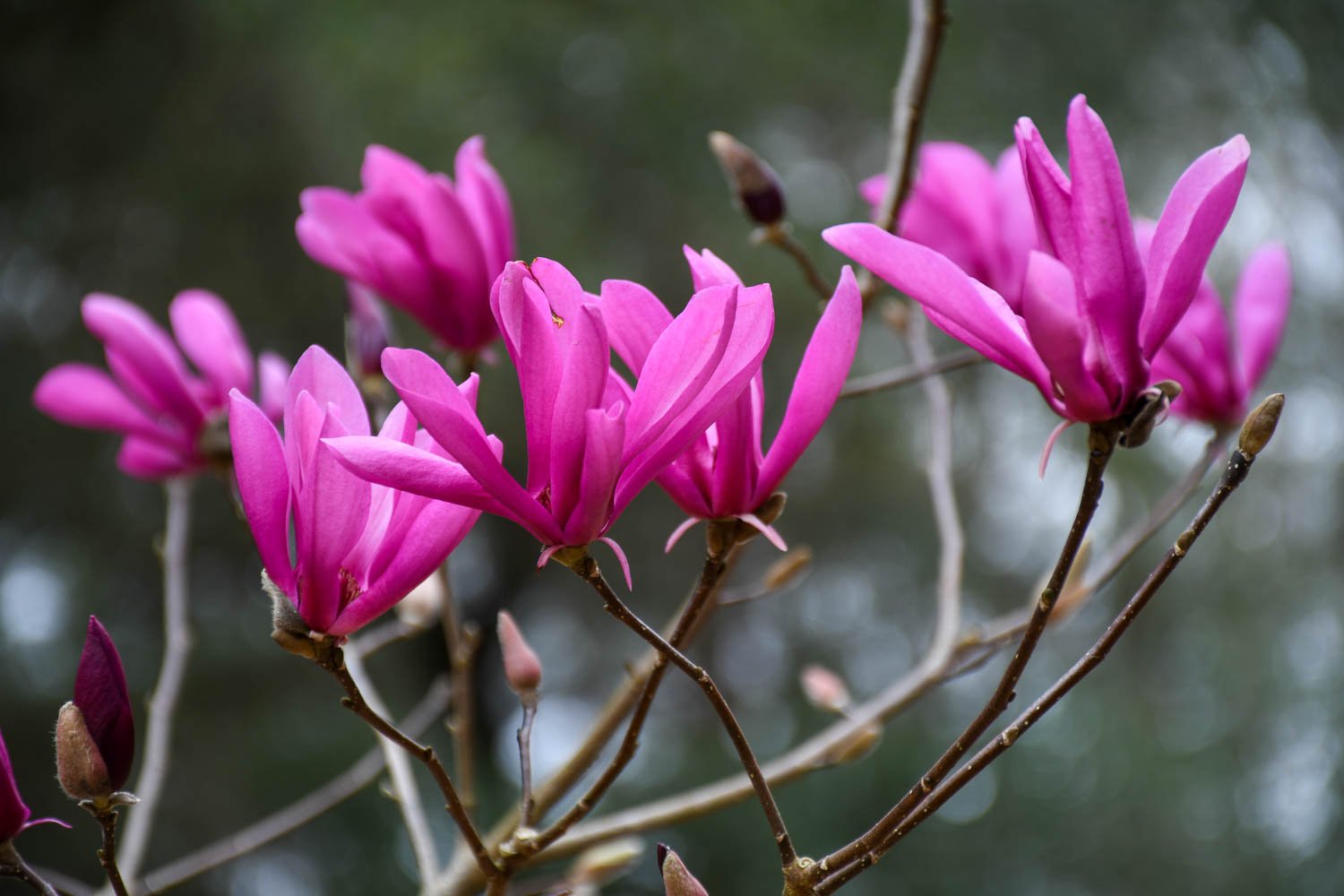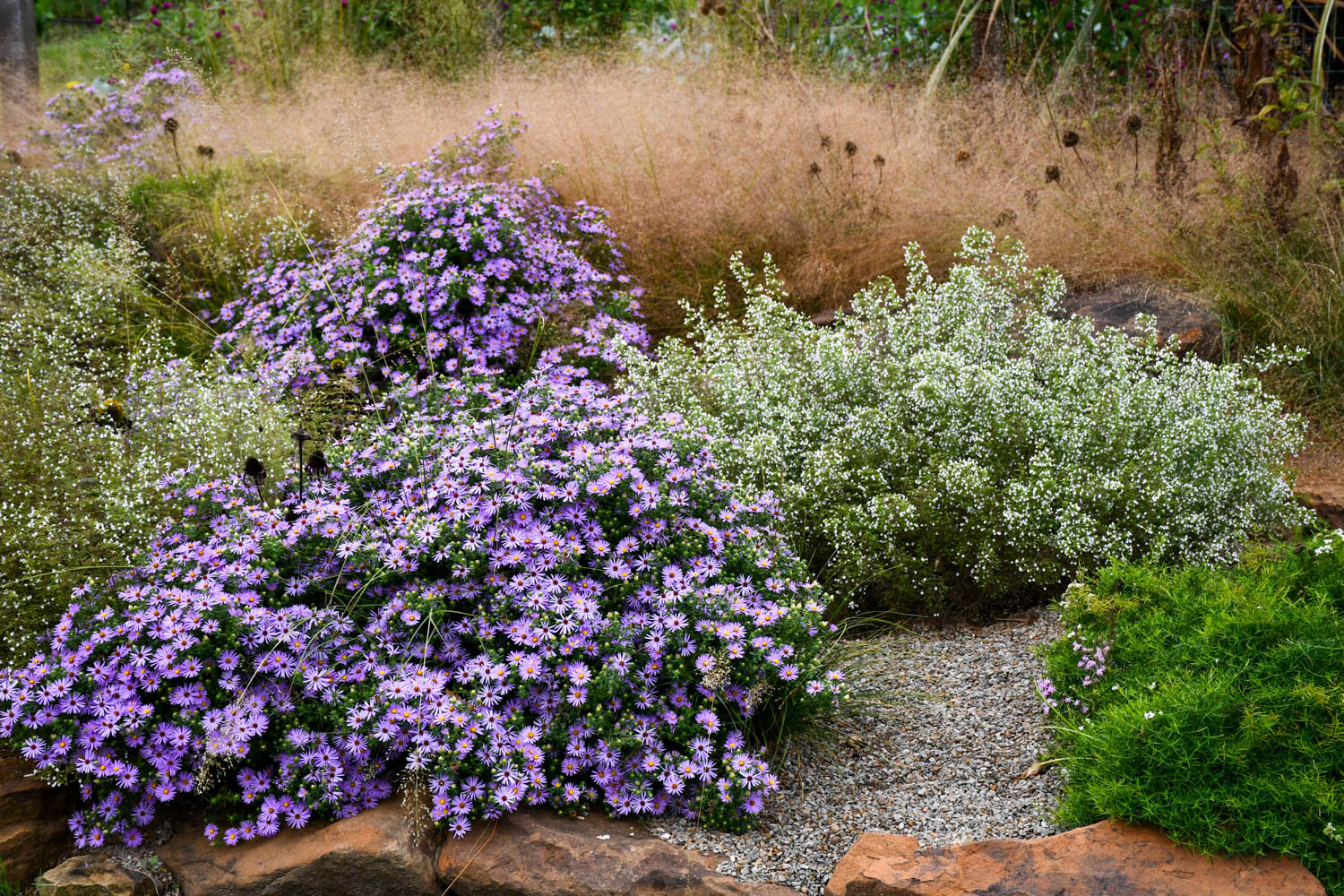The weather has been volatile this week. It’s the start of the battle between the lions and lambs as spring arrives and the sun warms the northern hemisphere. I enjoyed sitting on the porch Monday evening in shorts until almost 10 pm, and now we are inside feeding the fireplace on this cold, rain-soaked day.
I feel for the plants that emerge early this time of the year. I seem to forget every spring just how tough they are as they thwart the frosts scattered amongst the warm spells. I suppose these early adopters have lived this life for thousands of years, and I underestimate their perseverance each year.
Take Narcissus pseudonarcissus, for example. On frigid mornings the flowers of wild daffodil kiss the ground, but as the day warms they return more upright to greet the sun. I’m always tempted to pick the solitary blooms for fear of loosing them to the freeze, but they always surprise me with their toughness.
It was one of the first flowers I learned as a child. I would find them massed in pastures where they served as the only remaining evidence of an old homeplace. Near our house they survived in a fence row alongside a creek, planted long ago when bulldozers had cleared the land. They grew through barbed wire, and it amazed me they had survived all that disturbance. I would pick fistfuls and bring them inside to enjoy.
I don’t think I appreciated them in my youth enough. When planting garden beds, I overlooked their use and moved on to the more flashy hybrids. But, after a few years, the cultivars petered out, and the wild daffodils continued to shine.
A naturalized colony of Narcissus pseudonarcissus grows near an abandoned house in east Texas. How long ago were the first bulbs planted?
In Texas the heat limits our options for spring bulbs much more than my previous haunts north, and I find myself returning to these species types that will grow and bloom here.
Growing them in my garden I’ve been able to get to know them even better than in my youth. I’ll say for years pseudonarcissus always threw me for a loop. How could it be a false Narcissus? But, I learned that the epithet refers to it being a false poet’s Narcissus, the smaller cupped form that blooms later.
I do hate it when the epithet is so bland. Why not name it after the flowers? They are so charming and smell sweet. I love when they emerge and brighten the dingy detritus of the garden beds. The six light yellow petals has a slight twist, and they serve as a nice back drop to the darker yellow corona. And, I find myself admiring the skirt of blue-gray green foliage below the blooms. I’ve been tucking some in around Eryngium yuccifolium and Rudbeckia maxima to echo their glaucous color. The later emerging foliage of wild daffodil isn’t seared like many of the flagrant blades of the paperwhite types whose foliage appears in late fall, and the leaves are less conspicuous than many of the modern varieties after flowering.
For me in Tennessee they lived up to their other common name Lent lily by blooming during that season, but often in Texas they start before Ash Wednesday. There have been years I’ve noted them flowering in the last days of January. However, this winter, they’ve been much later due to our La Niña induced dry spell. The ones close to the house with no tree root competition have just started flowering good while the plants further back near trees are barely poking through the soil.
I took advantage of the latter’s delayed emergence this week by digging a few clumps of wild daffodils to divide and replant in the front of my garden patch. I set them a bit higher than they were, and firmed the soil in around them. And, now the rain pitter-patter I hear above the crackling of one of the last fires of winter is settling them in so they can produce flowers for many years to come.



















































